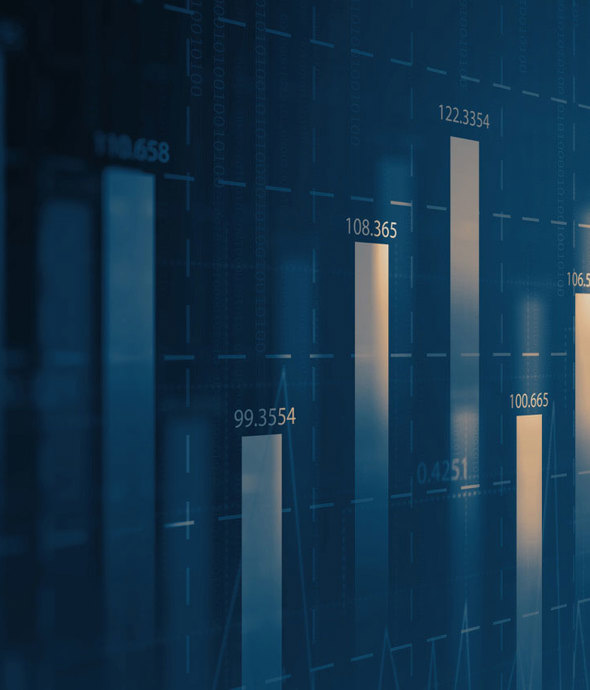
Impact of the MiFID II/MiFIR Review on Norwegian Capital Markets
Background
MiFID II and MiFIR are part of the EU’s action plan for a single capital market in the EU (Capital Markets Union) and are the outcome of a lengthy regulatory process within the EU. The regulations have been revised at the EU level through Directive (EU) 2024/790 (amending directive to MiFID II) and Regulation (EU) 2024/791 (amending regulation to MiFIR) – collectively referred to as the MiFID II/MiFIR review. The changes require a high degree of harmonization, and, as a rule, there are no national options. Once the regulations are incorporated into the EEA Agreement, Norway will be obliged to implement the directive and regulation, along with the accompanying Commission regulations (Level 2 framework), into Norwegian law.
The Norwegian Securities Law Committee has, in accordance with its mandate, submitted its report on the assessment of necessary amendments to the Securities Trading Act, prompted by expected EEA rules corresponding to the MiFID II/MiFIR review in the EU. The majority of the changes are found in MiFIR, while the amendments to MiFID II are largely a consequence of these. There is also a shift of certain rules from MiFID II to MiFIR, aiming to eliminate the risk of divergent implementation and to facilitate uniform application of the regulations.
MiFID II and MiFIR have undergone several changes. Since the Norwegian implementation of these regulations is not yet complete, the Securities Law Committee’s report assumes that these changes will be updated so that the amendments prompted by the MiFID II/MiFIR review are consistent with the existing regulatory framework.
This article highlights some key features of the proposed changes discussed by the Securities Law Committee in its report published a few months ago.
New Rules on "Consolidated Tape"
One of the primary objectives of the changes to MiFIR is to establish a centralized database – a "consolidated tape" – with common trading data for both equity and non-equity instruments. This includes specified rules on data quality, clock synchronization, and more.
MiFID II introduced rules on data reporting service providers, covering three different types of reporting entities:
- Approved Publication Arrangements (APA)
- Consolidated Tape Providers (CTP)
- Approved Reporting Mechanisms (ARM)
CTPs will gather trading information (both pre- and post-trade) from trading venues and APAs and present this information in a single data stream that is publicly accessible to market participants. So far, no entity has applied for authorization to operate as a CTP. The changes in the MiFID II/MiFIR review aim to remove perceived barriers to the establishment of CTPs, as highlighted by ESMA in a report from December 2019. This includes ensuring data quality by requiring trading venues and APAs to send data to CTPs.
Changes to Transparency Rules
MiFIR sets out transparency rules requiring trading venues to publicly disclose detailed information about each trade, both pre- and post-trade. Investment firms must disclose trading information even when the trade does not occur on a trading venue. There are different requirements for equities and non-equities (e.g., bonds and derivatives). The review of the regulations includes amendments to transparency rules for both equities and non-equities, with the aim of simplifying processes that have been considered cumbersome.
For equities, a key change is the introduction of a "single volume cap" – a cap on the use of certain exceptions to the obligation to disclose order information (dark trading) for the market as a whole – set at seven percent, calculated from total trading in the instrument across all trading venues in the EU. Under current rules, the regulator must suspend such exceptions once the "double volume cap" is reached, which is a limit of four percent of trading in the instrument per venue or eight percent across all venues in the EU. The changes, according to the preamble to the amending directive, are expected to simplify enforcement of the dark trading limits. Further details on the regulations will be outlined in Level 2 regulations.
Both for equities and non-equities, there are also changes to the rules on deferred publication of information, which is expected to reduce the ability of national regulators to accommodate local market idiosyncrasies.
Changes to "Best Execution" Rules and the Ban on "Payment for Order Flow"
The reporting obligations in MiFID II related to best execution of orders will be abolished. The preamble to the amending directive refers to the fact that these reports are rarely read, and the information does not provide investors or other stakeholders with meaningful grounds for comparing compliance with the rules. The consolidated tape rules are also expected to provide continuous pre- and post-trade information on equities and other equity instruments, as well as post-trade information on all transactions in bonds and OTC derivatives, which can also be used to demonstrate best execution, rendering the designated reporting rules for "best execution" redundant.
Additionally, MiFIR introduces a new ban on "payment for order flow," prohibiting investment firms from receiving any form of compensation from a third party to execute an order on a specific execution venue or to forward customer orders to a third party for execution at a specific venue when the customer is non-professional or has opted to be treated as non-professional. ESMA is also tasked under new Article 27(10) with drafting Level 2 regulations specifying the criteria to be used in assessing firms’ best execution procedures and guidelines, taking into account the difference between professional and non-professional clients.
Changes to Rules on Proprietary Trading License Requirements
Proprietary trading of financial instruments is, in theory, investment activity that is commercially subject to a license requirement as a securities firm. However, there are important exemptions under Section 9-3 of the Securities Trading Act. Such exemptions apply, for example, to proprietary trading in financial instruments other than commodity derivatives, emissions allowances, or derivatives thereof, when the firm has direct electronic access to a trading venue (Section 9-22 of the Securities Trading Act).
The above exemption under MiFID II is now changing. A firm with such direct access to a trading venue no longer needs to apply for a license to engage in proprietary trading, provided the other conditions of the exemption are met. The preamble to the amending directive to MiFID II emphasizes that firms offering direct electronic access will be authorized as a securities firm or credit institution and will be responsible for ensuring that the customer granted such access complies with the rules on algorithmic trading under MiFID II Article 17(5).
Changes to Rules for Trading Venues and Systematic Internalisers (SIs)
Under MiFID II Article 1(7), systems where the buying and selling interests of multiple third parties in financial instruments can interact must operate as a regulated market, multilateral trading facility (MTF), or organised trading facility (OTF). This provision is now being moved to MiFIR Article 1(5)(b). The Securities Law Committee proposes to amend the definition of a multilateral system in Section 2-7(9) of the Securities Trading Act accordingly.
(Originally written with Eleonore Foss).



